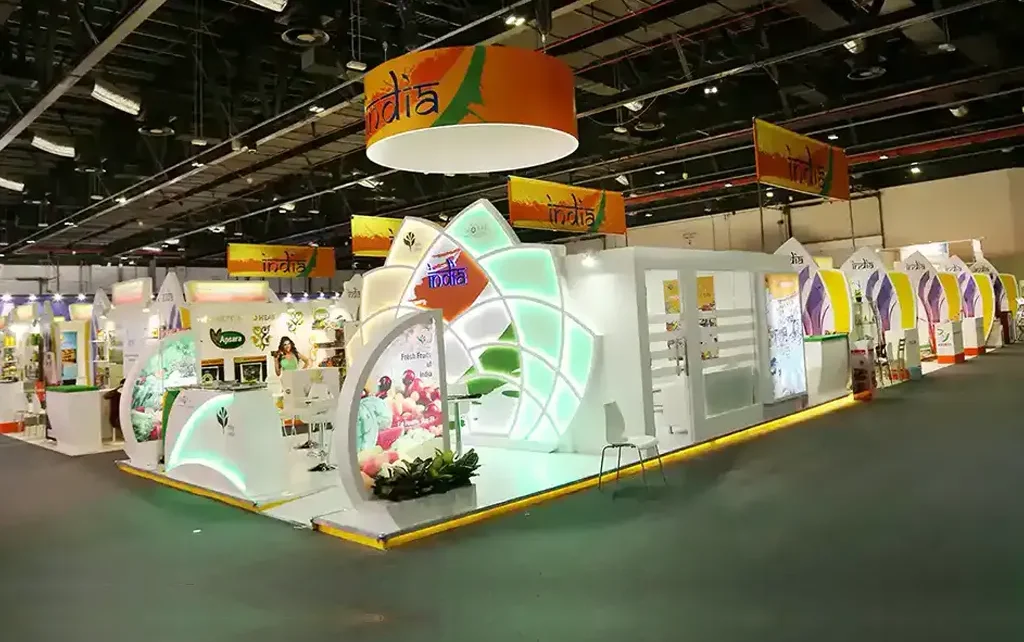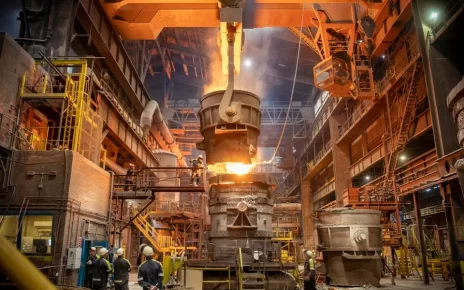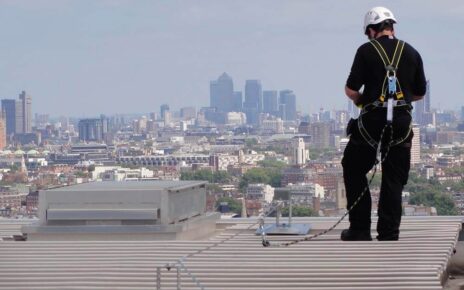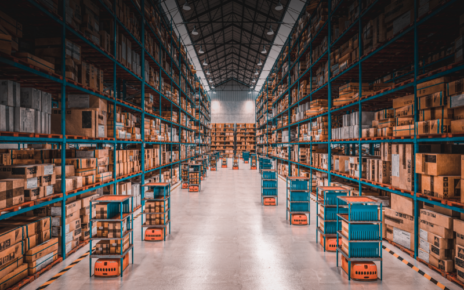Trade shows can deliver a big return on investment—but only if you plan wisely. Between booth space, design, travel, and logistics, costs can add up quickly. That’s why a clear, realistic budget is essential to make sure your trade show booth not only looks great but performs effectively—without breaking the bank.
The key is knowing where to spend for impact, and where to save without compromising quality. Let’s break down the major trade show booth expenses and how to make the most of every dollar.
Start with Your Total Budget
Before diving into line items, set an overall budget for the event. A common rule of thumb is that booth space typically accounts for 25–35% of your total trade show budget. The rest is divided among booth design, travel, lodging, marketing, staffing, shipping, and lead follow-up.
Once you know your ceiling, you can start allocating funds strategically.
Where to Spend
1. High-Quality Graphics and Branding
Why spend: Your visuals are often the first thing attendees see. Cheap or outdated graphics can make your brand look unprofessional—while clean, modern visuals signal quality and credibility.
What to invest in:
- High-resolution printing
- Custom backdrops or fabric displays
- Professionally designed signage
- Consistent color and typography across all materials
Tip: Go for graphics that are reusable across multiple events to maximize your return.
2. Lighting
Why spend: Great lighting makes your booth stand out and your products shine. Poor lighting can make even the most well-designed booth look flat or uninviting.
What to invest in:
- LED backlighting for graphics
- Accent lighting for product displays
- Adjustable spotlights for flexibility
Lighting is often a modest investment that delivers outsized impact on the show floor.
3. Engaging Booth Experiences
Why spend: Interactivity boosts engagement and dwell time. Whether it’s a hands-on demo, VR experience, or live product showcase, attendees are more likely to remember booths that get them involved.
What to invest in:
- Touchscreens or demo stations
- Product samples or prototypes
- Branded experiences tied to your message
Don’t just attract attention—create conversations.
4. Staff Training and Preparation
Why spend: Even the best booth will underperform if your staff isn’t prepared. First impressions, product knowledge, and lead capture all hinge on your team.
What to invest in:
- Pre-show training
- Talking points and messaging materials
- Branded apparel or uniforms
Well-trained staff can often be the difference between collecting 20 leads and 200.
Where to Save
1. Booth Structure
Why save: You don’t need to go custom to look great. Modular and rental booth systems offer flexibility, professional appearance, and big cost savings—especially if you exhibit often or at multiple events.
Ways to save:
- Use modular displays that can be reconfigured
- Rent elements like counters, walls, or flooring
- Invest in a reusable booth system you can own and update as needed
Custom builds are powerful—but not always necessary.
2. Giveaways and Swag
Why save: Branded pens and keychains may get tossed. Instead of spending heavily on mass giveaways, focus on fewer, more intentional items—or skip them entirely in favor of meaningful interactions.
Cost-effective ideas:
- Digital downloads (e.g., guides, white papers, coupons)
- Branded water bottles, phone stands, or tote bags that offer real utility
- Giveaway contests that tie to your lead capture
Tip: Don’t give out swag for free. Use it as a reward for completing a demo, scanning a badge, or engaging in a meaningful way.
3. Travel and Lodging
Why save: Flights, hotels, and meals can eat up your budget fast. Plan ahead and book early to get the best rates.
Ways to save:
- Book flights and hotels months in advance
- Look for accommodations near public transportation
- Share lodging or meals among staff where appropriate
Also consider sending a leaner team to smaller shows to reduce costs.
4. Shipping and Drayage
Why save: Heavy or oversized items increase your shipping and handling costs. Smart packing and booth design can help you cut these expenses significantly.
Cost-saving tips:
- Use lightweight materials (fabric, aluminum)
- Ship early to avoid expedited rates
- Consolidate shipments into fewer crates
Work with your booth vendor or logistics partner to optimize the entire process.
Bonus Tip: Measure ROI
Budgeting doesn’t stop when the event ends. Always track your return on investment by comparing your show costs against the leads, sales, or brand exposure you generated. Over time, this helps you fine-tune your spending for better performance at every show.
Final Thoughts
You don’t need a six-figure booth to make a lasting impact. Smart budgeting is about knowing what matters most to your audience—and directing your resources toward those areas. Spend where it creates real engagement, and save where there’s no clear return.
The best booths aren’t always the flashiest—they’re the most focused. With the right balance of investment and efficiency, your next trade show could be your most profitable one yet. We recommend Trade Show Booth Design.





